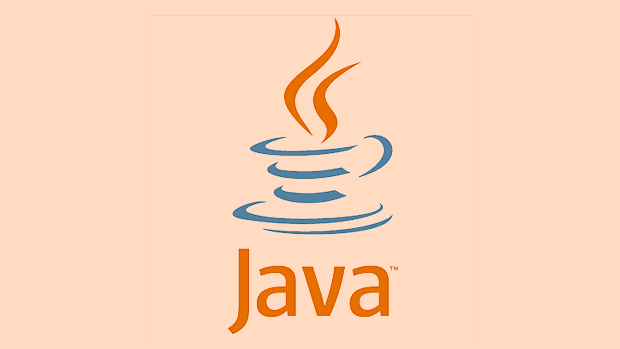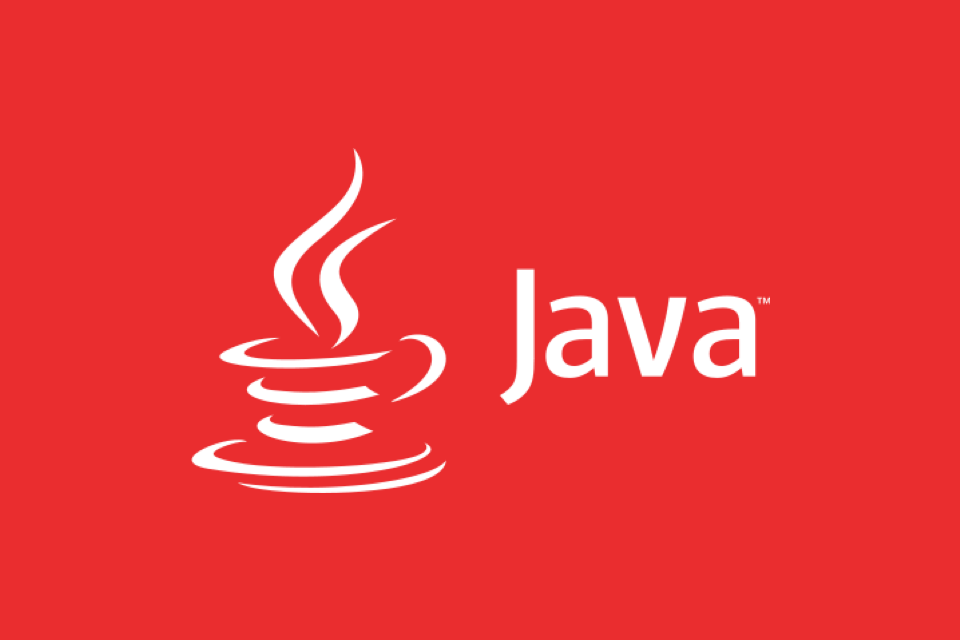There are four common ways to control Java API version: 1. The URL path contains the version number, such as /api/v1/users, which is simple and intuitive; 2. Control the version through HTTP request header, such as Accept header field, keep the URL clean but inconvenient to debug; 3. Query parameter control version, such as version=1, is suitable for temporary solutions but is not recommended for long-term use; 4. Client SDK packaging and back-end multi-version support, which is suitable for long-term maintenance of SaaS products and complex systems. The selection should be based on project size, user group and compatibility needs.

The Java API version control strategy is actually not that mysterious. The key is how you can flexibly iterate your function while ensuring compatibility. Many people initially thought that it would be enough to change the URL, but only after they actually did it, they found that various details were prone to problems.

Here are some common and practical version control methods, which are mostly used in actual projects.
1. The URL path contains the version number (Path Versioning)
This is the most common and easy to understand method: put the version number in the request path. for example:

/api/v1/users /api/v2/users
The benefit of this is that it is clear and intuitive, and it is easy to identify which version you are currently using when calling the front-end or third-party. And it is simple to implement. Frameworks like Spring Boot can easily implement different versions of routing through @RequestMapping or custom annotations.
suggestion:

- Use a unified format, such as
/api/v{版本號(hào)}/xxx - Avoid mixed case or non-numeric versions (such as
/api/vOne/xxx) - Multiple versions of shunt can be managed through configuration center or routing services
2. Header Versioning
Another way is to specify the version through fields in the HTTP request header, for example:
Accept: application/vnd.mycompany.myapp.v1 json
The advantage of this method is to keep the URL clean and not frequently modify the interface address due to version upgrades. Suitable for internal systems or scenarios with high requirements for URL stability.
Things to note:
- Front-end debugging and testing may be inconvenient, so you need to manually set up the header.
- Some caching mechanisms (such as CDNs) may ignore the information in the header, resulting in inconsistent versions.
- In Spring Boot, you can use
@RequestHeaderand custom interceptor to achieve it
3. Query Parameter Versioning
Another way is to bring version information into the query parameter of the URL, such as:
/api/users?version=1
Although this method is simple to implement, it is not recommended as the main version control method. Because in scenarios such as URL cache and logging, query parameters are easily ignored or lost, resulting in version control failure.
Applicable scenarios:
- Temporary transition plan
- Lightweight version distinction between internal services
- Not suitable for long-term maintenance of multiple stable versions
4. Multi-version support for client SDK backend
For APIs provided for external use, especially SaaS-like products, you can consider encapsulating a layer of client SDK. The SDK handles the version differences internally, exposing the unified interface to the outside world.
The backend retains multiple versions of service logic, such as using different packages or service layers to handle the business logic of v1 and v2.
Advantages:
- No awareness version changes on the client
- The background can gradually migrate and abandon old versions
- More suitable for long-term maintenance of complex systems
challenge:
- A little high development and maintenance cost
- Need to have good interface abstraction and module division
In general, which method to choose depends on the size of your project, user base, and whether you need backward compatibility. The URL path version is the most direct, the header version is more "clean", and the SDK method is more suitable for large platforms.
Basically all this is it, choosing the right method is more important than blindly pursuing "advanced".
The above is the detailed content of Java API Versioning Strategies. For more information, please follow other related articles on the PHP Chinese website!

Hot AI Tools

Undress AI Tool
Undress images for free

Undresser.AI Undress
AI-powered app for creating realistic nude photos

AI Clothes Remover
Online AI tool for removing clothes from photos.

Clothoff.io
AI clothes remover

Video Face Swap
Swap faces in any video effortlessly with our completely free AI face swap tool!

Hot Article

Hot Tools

Notepad++7.3.1
Easy-to-use and free code editor

SublimeText3 Chinese version
Chinese version, very easy to use

Zend Studio 13.0.1
Powerful PHP integrated development environment

Dreamweaver CS6
Visual web development tools

SublimeText3 Mac version
God-level code editing software (SublimeText3)

Hot Topics
 Difference between HashMap and Hashtable?
Jun 24, 2025 pm 09:41 PM
Difference between HashMap and Hashtable?
Jun 24, 2025 pm 09:41 PM
The difference between HashMap and Hashtable is mainly reflected in thread safety, null value support and performance. 1. In terms of thread safety, Hashtable is thread-safe, and its methods are mostly synchronous methods, while HashMap does not perform synchronization processing, which is not thread-safe; 2. In terms of null value support, HashMap allows one null key and multiple null values, while Hashtable does not allow null keys or values, otherwise a NullPointerException will be thrown; 3. In terms of performance, HashMap is more efficient because there is no synchronization mechanism, and Hashtable has a low locking performance for each operation. It is recommended to use ConcurrentHashMap instead.
 Why do we need wrapper classes?
Jun 28, 2025 am 01:01 AM
Why do we need wrapper classes?
Jun 28, 2025 am 01:01 AM
Java uses wrapper classes because basic data types cannot directly participate in object-oriented operations, and object forms are often required in actual needs; 1. Collection classes can only store objects, such as Lists use automatic boxing to store numerical values; 2. Generics do not support basic types, and packaging classes must be used as type parameters; 3. Packaging classes can represent null values ??to distinguish unset or missing data; 4. Packaging classes provide practical methods such as string conversion to facilitate data parsing and processing, so in scenarios where these characteristics are needed, packaging classes are indispensable.
 What are static methods in interfaces?
Jun 24, 2025 pm 10:57 PM
What are static methods in interfaces?
Jun 24, 2025 pm 10:57 PM
StaticmethodsininterfaceswereintroducedinJava8toallowutilityfunctionswithintheinterfaceitself.BeforeJava8,suchfunctionsrequiredseparatehelperclasses,leadingtodisorganizedcode.Now,staticmethodsprovidethreekeybenefits:1)theyenableutilitymethodsdirectly
 How does JIT compiler optimize code?
Jun 24, 2025 pm 10:45 PM
How does JIT compiler optimize code?
Jun 24, 2025 pm 10:45 PM
The JIT compiler optimizes code through four methods: method inline, hot spot detection and compilation, type speculation and devirtualization, and redundant operation elimination. 1. Method inline reduces call overhead and inserts frequently called small methods directly into the call; 2. Hot spot detection and high-frequency code execution and centrally optimize it to save resources; 3. Type speculation collects runtime type information to achieve devirtualization calls, improving efficiency; 4. Redundant operations eliminate useless calculations and inspections based on operational data deletion, enhancing performance.
 What is an instance initializer block?
Jun 25, 2025 pm 12:21 PM
What is an instance initializer block?
Jun 25, 2025 pm 12:21 PM
Instance initialization blocks are used in Java to run initialization logic when creating objects, which are executed before the constructor. It is suitable for scenarios where multiple constructors share initialization code, complex field initialization, or anonymous class initialization scenarios. Unlike static initialization blocks, it is executed every time it is instantiated, while static initialization blocks only run once when the class is loaded.
 What is the `final` keyword for variables?
Jun 24, 2025 pm 07:29 PM
What is the `final` keyword for variables?
Jun 24, 2025 pm 07:29 PM
InJava,thefinalkeywordpreventsavariable’svaluefrombeingchangedafterassignment,butitsbehaviordiffersforprimitivesandobjectreferences.Forprimitivevariables,finalmakesthevalueconstant,asinfinalintMAX_SPEED=100;wherereassignmentcausesanerror.Forobjectref
 What is the Factory pattern?
Jun 24, 2025 pm 11:29 PM
What is the Factory pattern?
Jun 24, 2025 pm 11:29 PM
Factory mode is used to encapsulate object creation logic, making the code more flexible, easy to maintain, and loosely coupled. The core answer is: by centrally managing object creation logic, hiding implementation details, and supporting the creation of multiple related objects. The specific description is as follows: the factory mode handes object creation to a special factory class or method for processing, avoiding the use of newClass() directly; it is suitable for scenarios where multiple types of related objects are created, creation logic may change, and implementation details need to be hidden; for example, in the payment processor, Stripe, PayPal and other instances are created through factories; its implementation includes the object returned by the factory class based on input parameters, and all objects realize a common interface; common variants include simple factories, factory methods and abstract factories, which are suitable for different complexities.
 What is type casting?
Jun 24, 2025 pm 11:09 PM
What is type casting?
Jun 24, 2025 pm 11:09 PM
There are two types of conversion: implicit and explicit. 1. Implicit conversion occurs automatically, such as converting int to double; 2. Explicit conversion requires manual operation, such as using (int)myDouble. A case where type conversion is required includes processing user input, mathematical operations, or passing different types of values ??between functions. Issues that need to be noted are: turning floating-point numbers into integers will truncate the fractional part, turning large types into small types may lead to data loss, and some languages ??do not allow direct conversion of specific types. A proper understanding of language conversion rules helps avoid errors.






